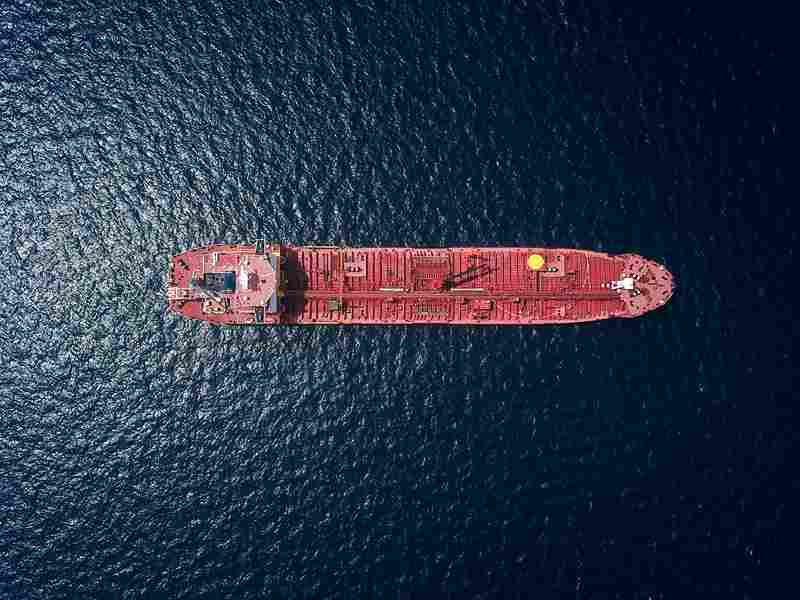
Lifecycle Analysis of Bunker Fuel from Crude Oil to Combustion
Introduction
Bunker fuel, essential for powering maritime vessels, undergoes a complex lifecycle from extraction as crude oil to combustion in ship engines. Understanding this lifecycle is crucial for assessing its environmental impact, from greenhouse gas emissions to other pollutants released during extraction, refining, transportation, and combustion phases. This article provides an in-depth analysis of the lifecycle of bunker fuel, highlighting key stages, environmental considerations, and potential mitigation strategies.
Crude Oil Extraction
The lifecycle of bunker fuel begins with the extraction of crude oil from geological reserves beneath the Earth’s surface. This process involves drilling oil wells and extracting crude oil, which consists of hydrocarbons along with sulfur, nitrogen, and trace metals.
Environmental Impact:
- Emissions: Drilling and extraction activities emit greenhouse gases (GHGs) such as carbon dioxide (CO2) and methane (CH4).
- Land and Habitat Disruption: Land clearance and drilling can disrupt ecosystems and habitats, impacting biodiversity.
- Oil Spills: Accidental oil spills during extraction pose significant environmental risks to marine and terrestrial ecosystems.
Transportation and Refining
Once extracted, crude oil undergoes transportation via pipelines, tankers, or rail to refineries for processing into various petroleum products, including bunker fuel.
Environmental Impact:
- Energy Use: Transportation requires energy, often sourced from fossil fuels, contributing to GHG emissions.
- Spills and Accidents: Transport accidents, such as oil spills from tankers, can have severe environmental consequences.
- Refining Processes: Refineries consume energy and produce emissions during the conversion of crude oil into bunker fuel and other petroleum products.
Bunker Fuel Production
Bunker fuel production involves refining crude oil into various grades of fuel oil, each with specific properties such as viscosity, sulfur content, and stability. This process typically includes distillation, cracking, blending, and treatment with additives to meet performance standards.
Environmental Impact:
- Energy Intensity: Refining requires significant energy inputs, leading to emissions of GHGs and other pollutants.
- Air Pollution: Refining processes release sulfur oxides (SOx), nitrogen oxides (NOx), particulate matter (PM), and volatile organic compounds (VOCs).
- Waste Generation: Refinery operations produce waste streams such as sludges, wastewater, and solid residues requiring proper disposal or treatment.
Transportation and Storage
Bunker fuels are transported via tankers and stored in terminals before delivery to ships. This phase involves handling and storage practices to minimize spillage and environmental impacts.
Environmental Impact:
- Spill Risks: Accidental spills during transportation and storage can contaminate water bodies and impact marine life.
- Emissions: Transportation of bunker fuels emits pollutants and contributes to GHG emissions.
- Safety Risks: Handling and storage require safety measures to prevent accidents and environmental contamination.
Combustion in Ship Engines
Bunker fuel combustion in ship engines generates energy for propulsion and onboard operations, releasing emissions such as CO2, SOx, NOx, PM, and unburned hydrocarbons (UHCs).
Environmental Impact:
- Air Quality: Emissions contribute to air pollution, affecting human health and ecosystem integrity.
- Climate Change: CO2 emissions from combustion contribute to global warming and climate change.
- Regulatory Compliance: International regulations like the IMO’s MARPOL Annex VI limit sulfur content in marine fuels to reduce SOx emissions.
Mitigation Strategies
To mitigate the environmental impact of bunker fuel across its lifecycle, various strategies can be implemented:
- Alternative Fuels: Transitioning to cleaner fuels such as liquefied natural gas (LNG), hydrogen, or biofuels with lower emissions profiles.
- Emission Control Technologies: Installing scrubbers and particulate filters on ships to reduce SOx, NOx, and PM emissions.
- Efficiency Improvements: Adopting energy-efficient ship designs and propulsion systems to minimize fuel consumption and emissions.
- Regulatory Compliance: Adhering to international regulations and standards to limit emissions and improve environmental performance.
Conclusion
The lifecycle analysis of bunker fuel underscores its environmental footprint from extraction through combustion. Addressing the environmental impacts requires comprehensive strategies across all lifecycle stages, from reducing emissions during extraction and refining to minimizing pollutants released during combustion. As the maritime industry evolves towards sustainable practices, integrating cleaner technologies and alternative fuels will be crucial in mitigating the environmental impact of bunker fuel and ensuring a more sustainable future for global shipping.





